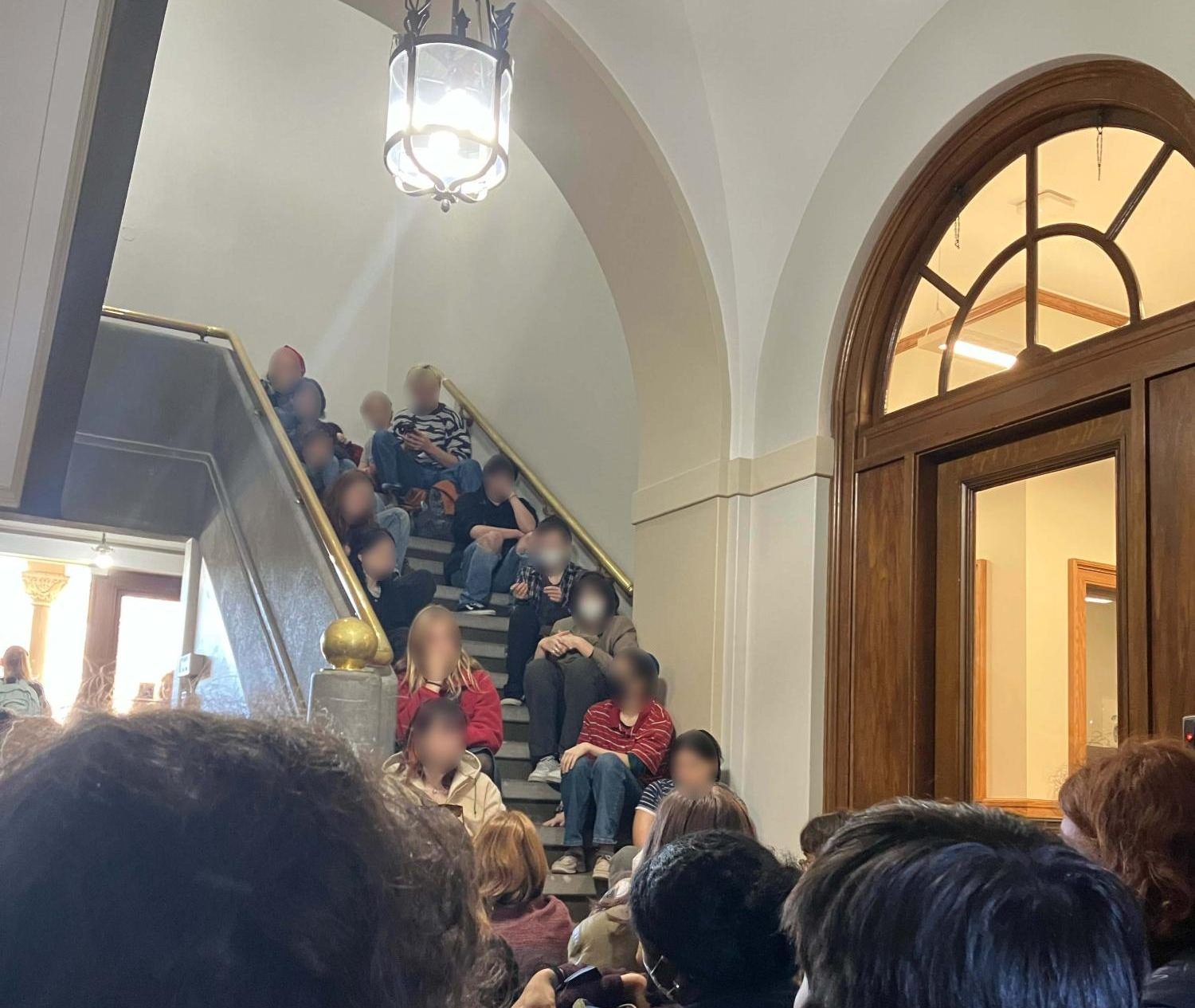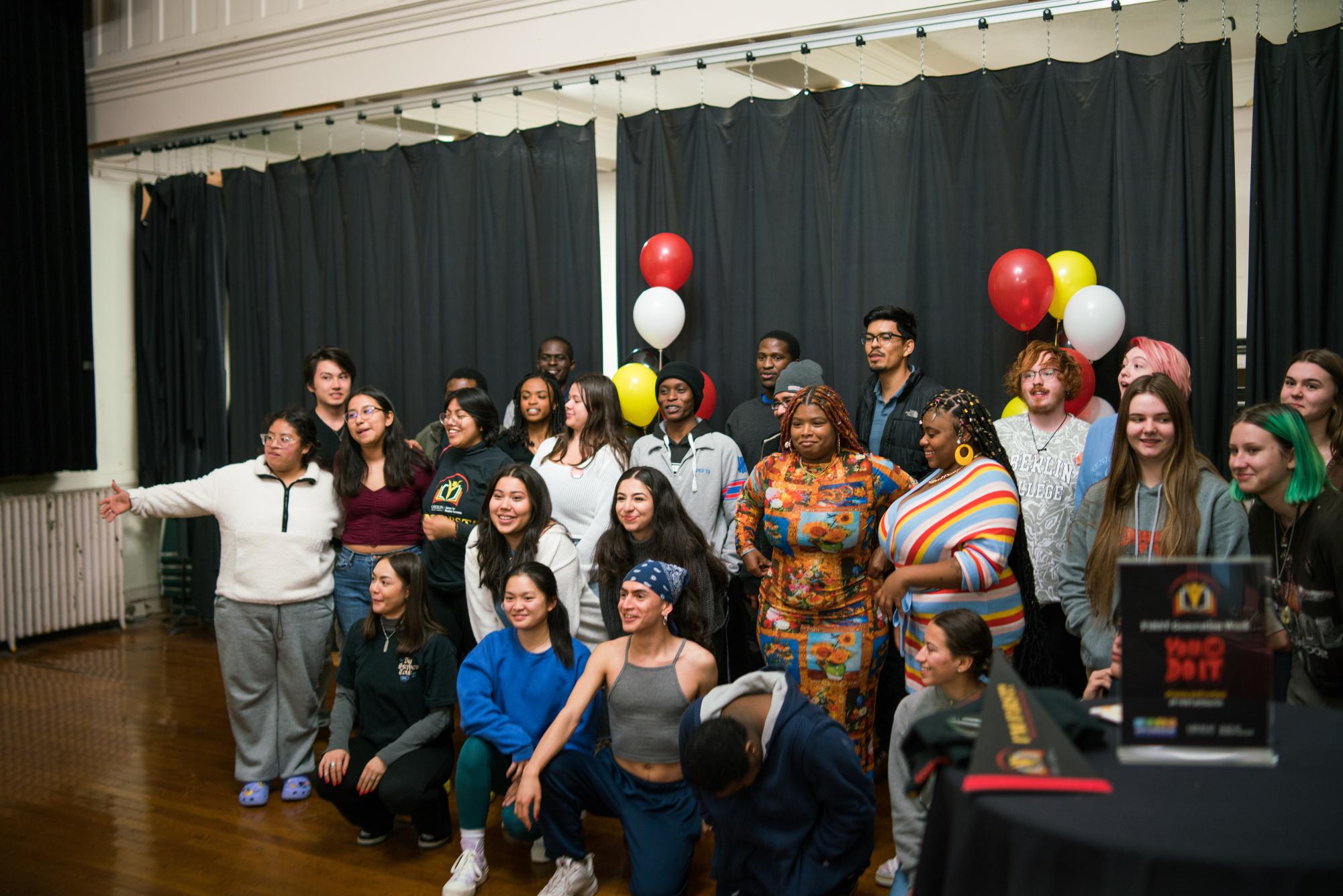Rani Molla, OC ’08, Vox and Recode Data Journalist
Rani Molla
Rani Molla, OC ’08, is senior data reporter for Vox and Recode. Her work involves using data, charts, and figures to explain complex tech stories in simple terms. Next week, Molla will visit campus as part of “A Disrupted Media Landscape: Skills, Perspectives, Solutions,” a journalism and media symposium co-hosted by the Review and The Grape. Alongside Aaron Zitner, OC ’84, and news editor for The Wall Street Journal, Molla will present a collaborative data journalism workshop entitled “From Stats to Stories: A Hands-On Data Journalism Workshop.” During the workshop, which will take place Saturday, Feb. 29 at 11 a.m. in Mudd 113, participants will get a look behind the scenes of how journalists like Molla and Zitner use data and visuals to craft compelling stories. More info about the symposium, including a full schedule of the 10 events beginning Monday, Feb. 24, can be found at disruptedmedia2020.com.
This interview has been edited for length and clarity.
Can you start by talking a little bit about the work that you do with Vox and Recode?
I’m a data reporter, which is basically the job I’ve had since I went to grad school. It’s always been sort of a variation of the same thing, which is, I use data to find stories or to write about topics that I want to write about. I’m a tech reporter, so it all has to do with tech generally, but I often describe it as: I’m a tech reporter but I often use charts and graphics to illustrate my point.
Can you talk a little bit about the role that you think data can play in effective journalism, especially in the 21st century when we have so many more digital mediums available to us?
I think it’s become an increasingly important way to convey information, especially as people are having this strange relationship with truth. I think people are highly skeptical of everything; it’s unclear what things are true or aren’t true. I find that data journalism is a way to break through that noise — it does carry a little more authority. Obviously, like everything else, it could be messed with or it could be used incorrectly, but I still feel like it has a little bit more authority than some other forms of more anecdotal journalism — you’re at least trying to take scientifically significant statistics and make sense of them, it’s not just coming out of thin air.
Obviously data, as you said, can be tricky and difficult to understand and interpret, as a journalist, how do you approach taking what might be a very complex set of data and translating that for a lay audience?
It’s the same advice you’d give to any journalist: Just talk like you would in an elevator, talk like you would to your friend at the bar. Try to make it conversational, try to make it applicable to people’s everyday lives. ‘Keep it simple, stupid’ — that’s the expression they taught us in grad school.
You went to grad school for journalism?
I went to grad school for data journalism. I was at Columbia [University], and they have sort of a Master of Science that also had a concentration in data, so I learned a little bit of coding, a lot of how to think about data, and treat data, and chart it. So I like to say a master’s in data journalism.
Do you feel like your training in data journalism has shaped the way that you consume media more broadly?
Oh, absolutely. I think about everything in the same terms as I report a story, which is: What is this data source, how is it collected, and what intentions might the people who have collected it had? It teaches you to think about stories — you don’t just get a quote from a person, you’re getting this data source, and with it comes all sorts of considerations. … When I read things, I’m always like, “Is there a data source that would back this up, or contradict this?” It makes me think about the larger context of things more frequently. I read things as if I were reporting them out, you know, you try to find the holes.
Can you give one or two examples of stories you’ve worked on that are illustrative of how you can use data reporting in really cool ways?
Let’s see. I worked with a colleague on this thing called the media landscape — or, it’s a chart on the media landscape — and basically it was a product of a lot of other reporting. I’d done a lot of stories that involved a media company, and by that I mean either an internet company that sells you your broadband, or a company like Netflix, or a company like Disney that’s making streaming media or TV.
So I’ve done all of these peripheral stories about media companies … and we decided to do this one project that was just using both of our experience writing about both of these things to sort of draw up what this media landscape looks like. And it was an example of taking things that aren’t necessarily new — I wasn’t breaking any news with it — but I was sort of saying: “Here is the world of media according to me, or to us. Here’s where the streaming companies go, here’s where the big tech companies go, here’s their relationships with each other.”
I keep ending up using this as a reference guide for myself, and lots of other people use it as a reference guide as well. I was trying to keep straight which of these companies work with which ones, which ones are owned by who — and it has become a reporting tool for me, but it’s also become a really important thing for people who are in the industry to sort of understand the space. I think of it as sort of resource journalism.
What directions do you hope data journalism is going to move in the future — either to expand things that data journalists are already doing or to start doing new things?
I want to use data journalism to expand our ability to gather data. So many different platforms and apps and companies and websites and everything are collecting data and so we’re generating so much information these days and the more data we generate, the harder it becomes to parse. I think one way data journalists have to gain tools that help them collect, parse, and sort what’s out there — all these companies are using this data for God knows what — it’s a good way to sort of keep tabs on what’s going on in the world and to keep companies in check.
And then as far as portraying that information — I think there’s room for lots of different types of data journalism. People are doing really amazing interactive things like that. I do try to err on the side of making things the most simple. I think that people tend to want to make information look as complicated as what they found and to show all the work they put into it, but I think there’s something really beneficial and important about simplifying that information into a really readable, digestible PNG chart. There’s all this interactivity in the world, and I think that, while sometimes it’s useful, you have to remember that you’re doing this as a service so that a larger group of people can understand it — so, keeping it simple.
What’s your reaction to Oberlin launching a new integrative concentration in journalism?
I think that’s fantastic. I mean, what was interesting about when I was here — Oberlin had produced so many amazing journalists over the years and it had done so without having a journalism concentration. So I think more resources geared towards that is great, especially because Oberlin does produce so many thoughtful, creative people who become journalists. Why not have more training?
That said, journalism is sort of an art of doing. … I was very grateful for my time at the Review, where they just threw me out into the wild — and you know, when you have to do something you go do something. For better or worse I created some journalism while I was there and I learned how to do it by actually doing it. So as long as that “do first” principle is there, where it’s not solely theoretical, it can only be a good thing.
Can you talk a little bit about your plan for the symposium workshop next week?
I’m hoping to illustrate that you can take something as banal or as boring-seeming as thousands and thousands of lines in an Excel spreadsheet and come up with a riveting, important story. I don’t know if this is what I’m going to do yet … so maybe caveat this — I was thinking of showing people how you could go through [Federal Election Commission] data on how much people are donating to election candidates. It sounds kind of, you know, “Who cares?” — you just want the totals. But go through … and then you say, okay, where are the companies that I care about in tech for my readership? And then you go in and you start drilling down for people who worked at these companies, who donated to these candidates, you can start playing with the data. And by playing with it I mean you start downloading it and sorting it and seeing who gave the most, who gave the least.
So a lot of times, you can start off with something like a spreadsheet or something that’s straightforward and just spend time with it and follow your curiosity … So, you can have fun, and you can be curious, and you can be creative all in the confines of an Excel spreadsheet.
That sounds awesome. I would really enjoy that, and I think other people would too.










